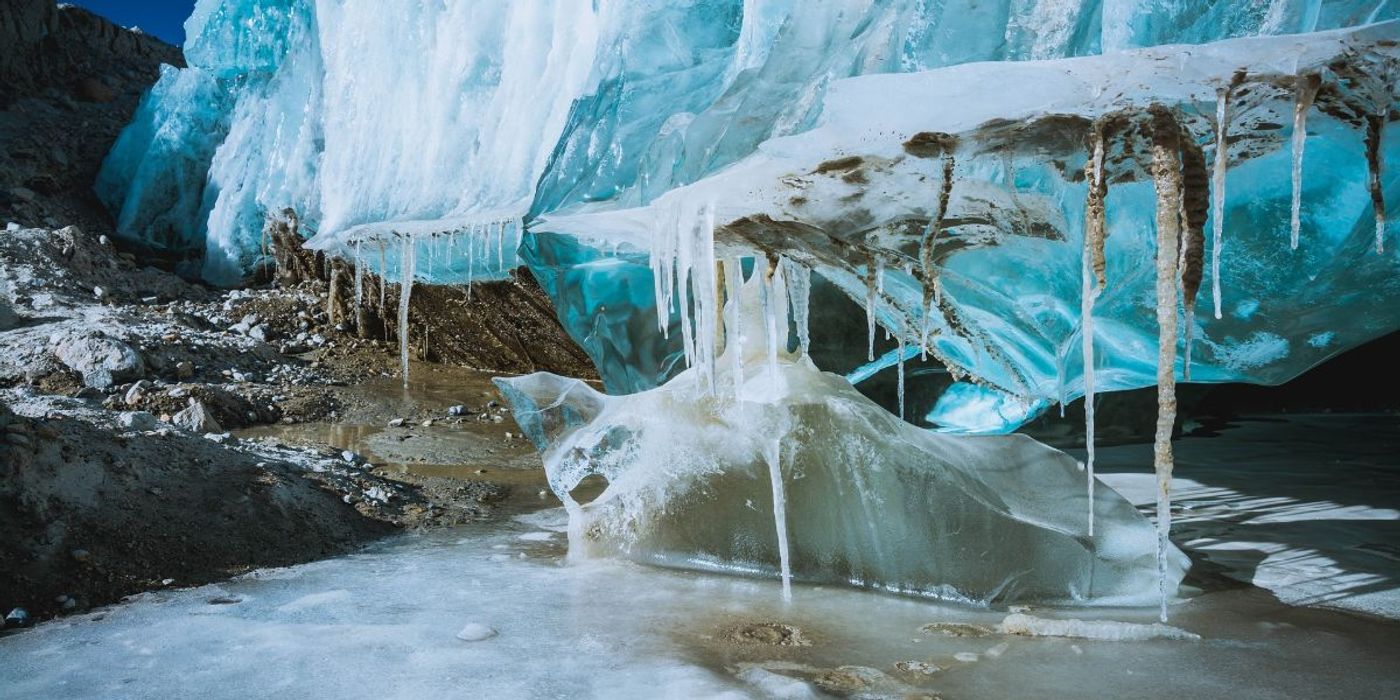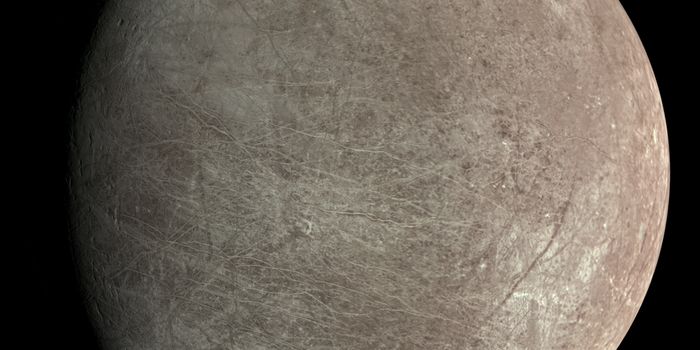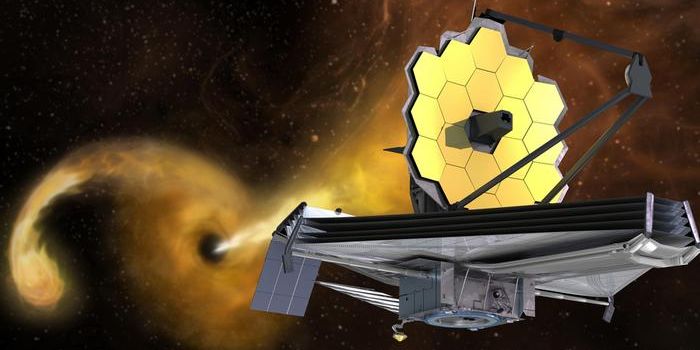Melting Mountain Glaciers in Asia Release Greenhouse Gas
High mountain glaciers that are melting in the Tibetan plateau in Asia contain greenhouse gases and should be counted in global greenhouse gas budgets, according to researchers from China. The study was published in Fundamental Research.
Areas of the Earth's surface where water exists as ice are known as the cryosphere and play an essential role in the planet's climate. For example, cryospheric retreat from melting ice in the Greenland ice sheet in the Arctic is releasing frozen stores of greenhouse gases. However, glacial basins in the Tibetan Plateau have not been considered sources of greenhouse gas.
For the present study, researchers measured flux variations of greenhouse gases, including carbon dioxide (CO2) and methane (CH4), in glacial basins in the Tibetan Plateau. This is the first time the greenhouse gas flux variations have been measured in the area.
They found that holes in the surface of glaciers in the southern and southeastern regions of the plateau are strong sources of carbon with positive fluxes or both CO2 and CH4. They also noted that the effects of CO2 may be somewhat mitigated as proglacial river runoff could be acting as a sink for the gas.
Sichang Kang, the lead author of the research, said that while they have been able to estimate the lateral export of carbon from the glaciers to areas further downstream, their understanding of the carbon cycle in the region is limited due to a lack of previous data on the current footprint of greenhouse gases from glacial basins.
He emphasized that, given current issues with climate change, further research is needed to understand this phenomenon, particularly from the CH4 and CO2 fluxes from cryoconite holes, subglacial sediments, and proglacial rivers.
"Until now, there were no estimates on the potential climate change caused by greenhouse gas emissions from cryosphere melting in High Mountain Asia. Determining how these data are coupled with biogeochemical models, including feedback between the glacial cryosphere and atmosphere, is required to test the sensitivity of carbon sinks or sources to changes in the terrestrial cryosphere," explained Dr. Yulan Zhang, one of the study's authors.
"Our results provide new insight about the projections in the cryospheric regions. It's clear that how the climate responds to carbon and nitrogen cycles in High Mountain Asia should be thoroughly studied in the future," she added.
Sources: Fundamental Research, EurekAlert









